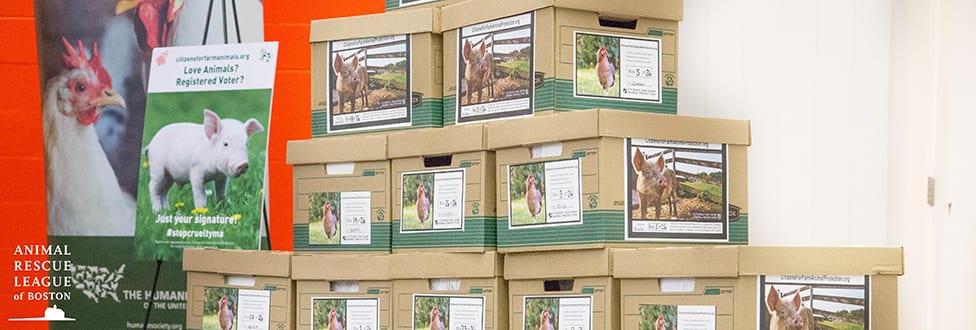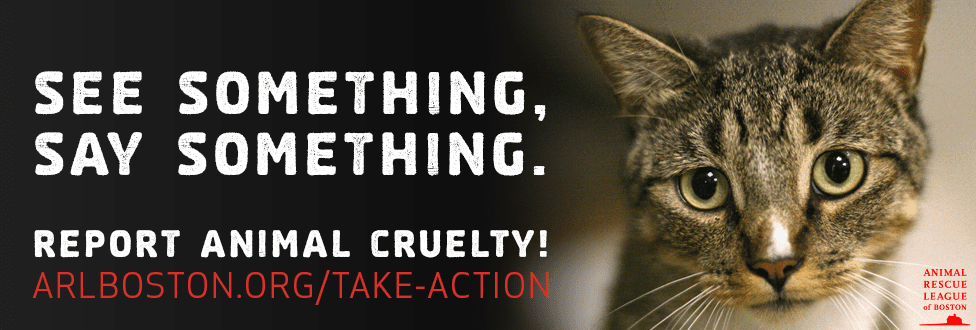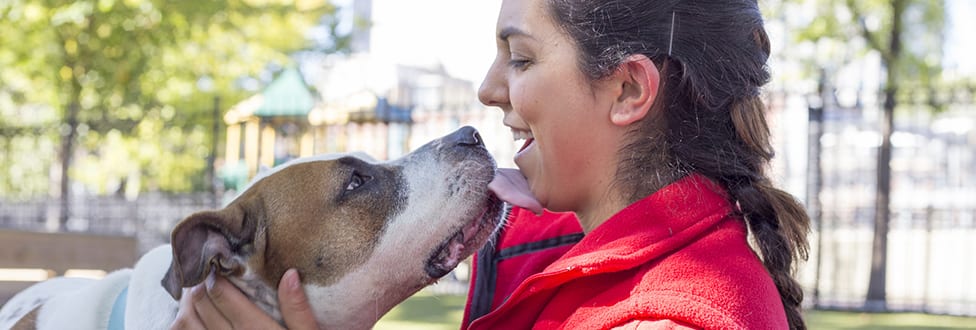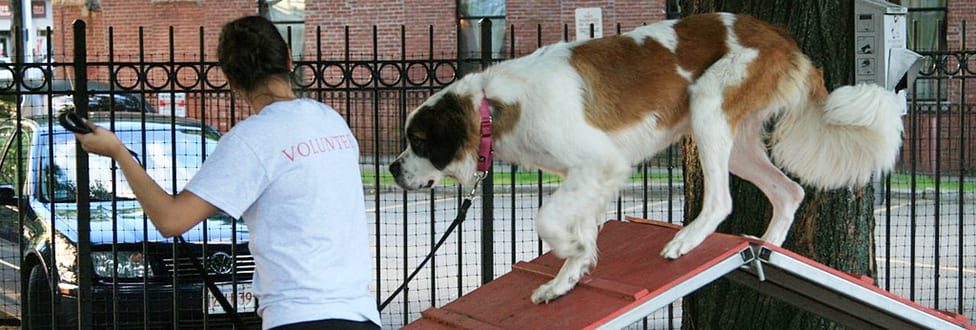Hot Off The Press: Our Four-Footed Friends
Check out the Fall/Winter 2015 edition here!
The latest edition of Our Four-Footed Friends, includes news and photos of all the critical work for animals you helped support.
Click here or the image at right to view the full Fall/Winter 2015 OFFF magazine
The important topic of animal hoarding is a major focus in this edition. A growing community problem, the ARL is frequently called in as an expert resource on hoarding cases.
What’s inside…
- How your support positively impacted ARL shelter pets in 2015!
- The story of Waggin’s maiden voyage to Martha’s Vineyard
- A recap of the Adopt a Cat Month and Adopt a Dog Month campaigns
- “Happy Tail” success stories
- The success behind national Clear the Shelters Day
- And much more!























